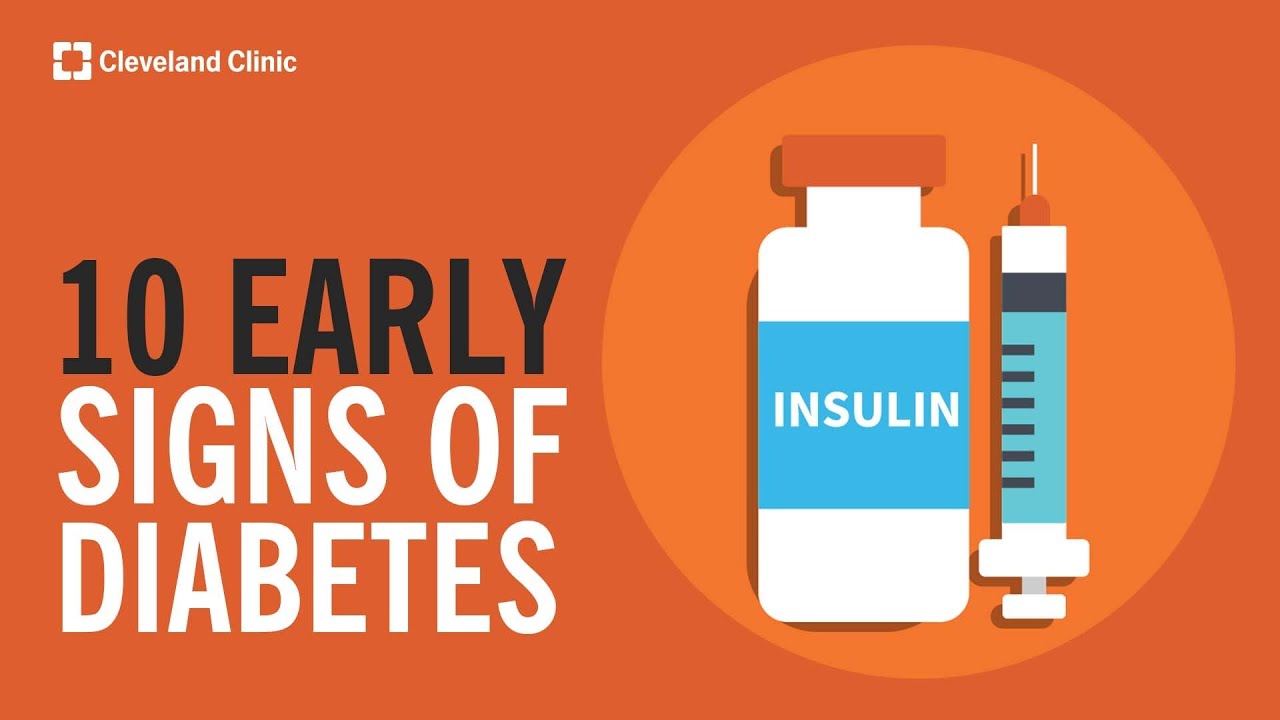NEW YORK (Reuters Health) – Daily self-monitoring of blood glucose levels by women with mild or diet-treated gestational diabetes is more effective than weekly office-based testing in reducing the incidence of macrosomia, according to research published in the June issue of Obstetrics & Gynecology.
The value of this practice by women with insulin-treated gestational diabetes has been established. “However, the use of blood glucose self-monitoring devices in the management of women with diet-treated gestational diabetes remains controversial,” explain Dr. J. Seth Hawkins and co-researchers at the University of Texas Southwestern Medical Center in Dallas. Dr. Hawkins is currently based at the University of California Irvine in South Orange.
The team therefore compared birth weights before and after four-times daily self-monitoring was implemented at one hospital in Dallas. Between 1991 and 1971, women with diet-treated gestational diabetes underwent monitoring during each office visit at 1- to 2-week intervals (n = 675). Between 1998 and 2001, patients were given blood glucose meters and instructed to test four times daily before meals (n = 315).
The incidence of macrosomia, defined as birth weight > 4000 g, was significantly greater with weekly monitoring than daily monitoring (29.5% vs 21.9%, p = 0.013), as was the incidence of large-for-gestational-age offspring (34.4% vs 23.1, p < 0.001).
The difference persisted after controlling for maternal demographics and gestational age at diagnosis (odds ratio 1.48, p = 0.02).
The authors note that maternal weight gain was reduced after self-monitoring was introduced, although blood glucose levels were not controlled any better.
Dr. Hawkins’ group concludes, “More intense involvement of women with diet-treated gestational diabetes in their glycemic monitoring, with frequent feedback on the effect of diet choices, translates into a reduction in maternal weight gain and thus a decrease in overgrown neonates.”
Reference:
Obstet Gynecol 2009;113:1307-1312.








